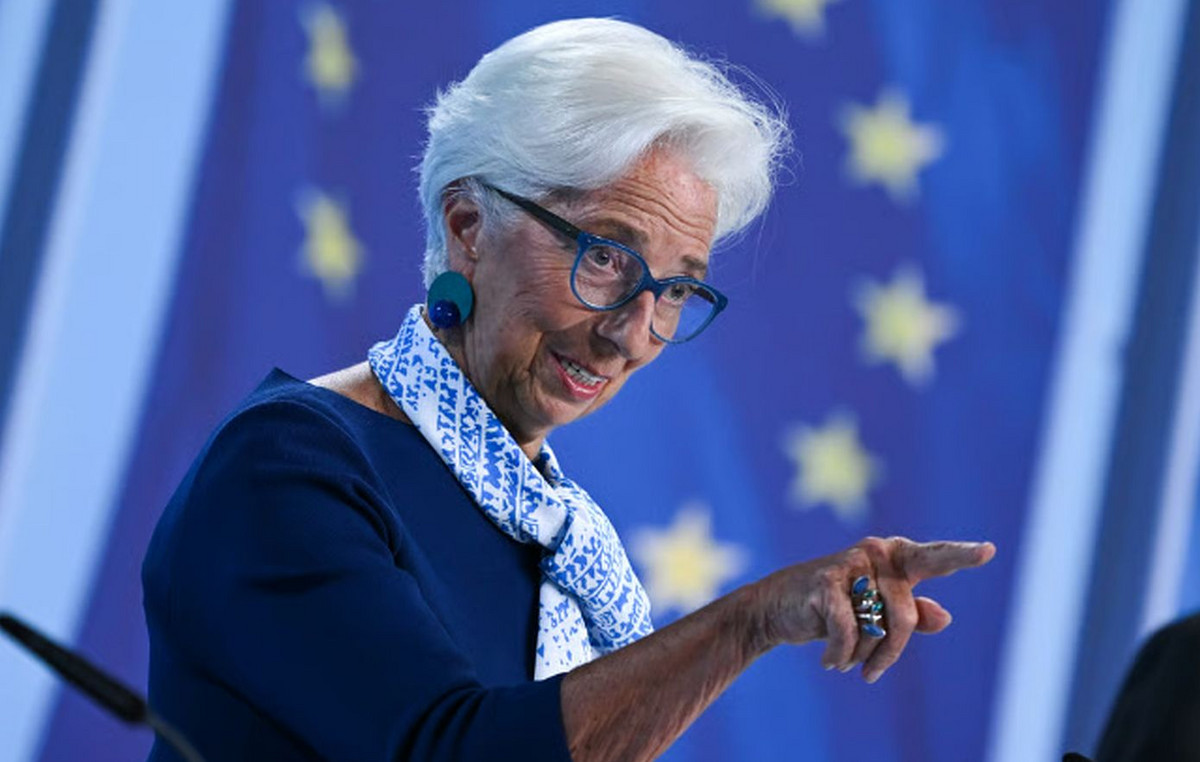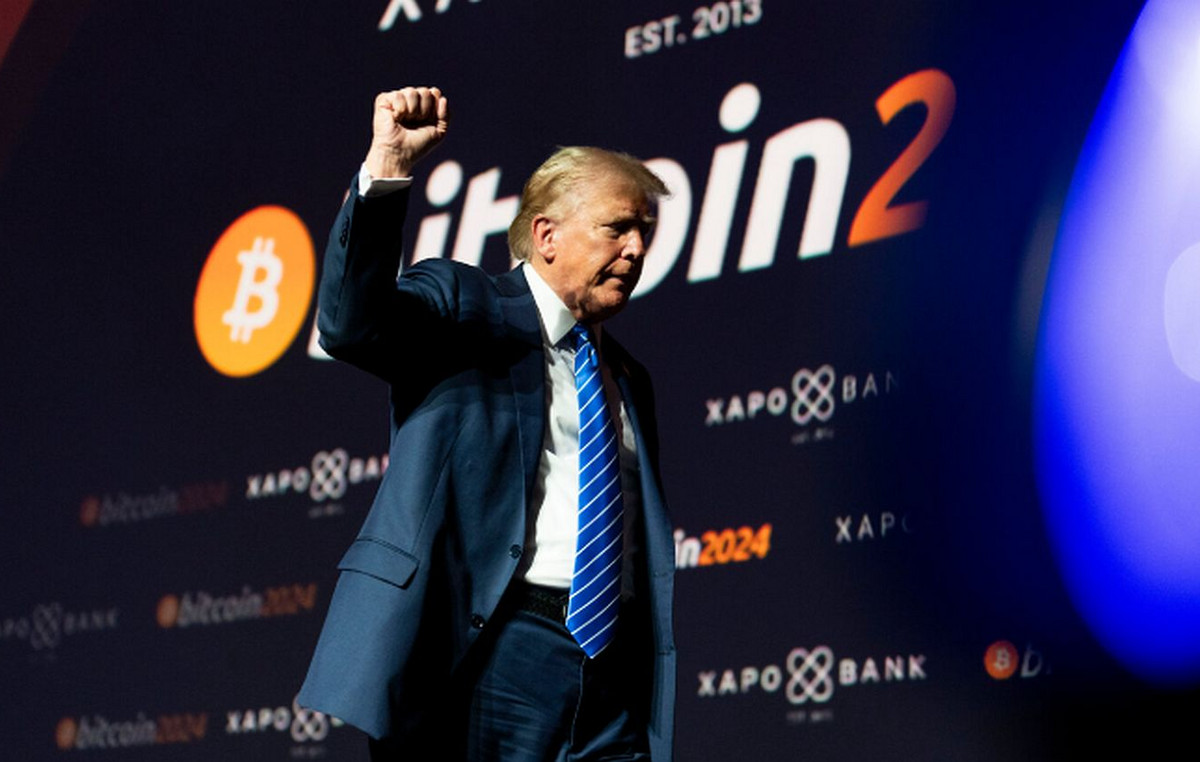- US Dollar DXY experiences extended gains, approaching 104.30 as sellers retreat.
- Concerns about the US labor market could weigh on the USD.
- Risk aversion benefited the US at the end of the week.
On Friday, the American dollar measured by the DXY index The dollar continued its rebound beyond the 104.00 mark, reaching 104.30, despite lingering concerns over the labor market. This rise can be attributed to sellers pulling back and markets taking refuge in safe assets. Market expectations of a September rate cut by the Federal Reserve and the fragility of the US labor market are primary factors that investors are focusing on, as their impact could put additional pressure on the currency.
The US economic outlook is showing signs of disinflation, with financial markets remaining confident of a rate cut in September. Despite this, Federal Reserve officials continue to show reluctance to make hasty rate cuts, sticking to a data-dependent approach.
Daily Moves: DXY Rebounds, Fed Policy Outlook and Upcoming US Elections Seen as Drivers
- The two key catalysts currently contributing to USD movements are the Fed policy outlook and the US election, each with different implications for the USD.
- This month, the USD has paid more attention to Fed policy predictions. This is anticipated as the Fed is likely to cut rates ahead of the US election.
- In recent weeks, expectations of a Fed rate cut in September have caused the USD to give up its position as the best-performing G10 currency this year, mainly due to the report of weak inflation and labor market data.
- The CME FedWatch tool appears to strongly support a rate cut in September, suggesting that almost a full rate cut is expected.
DXY Technical Outlook: Bearish outlook persists despite gains, needs to reclaim 200-day SMA
The DXY successfully continued its bounce around 104.30, but the outlook remains bearish with the index continuing to remain below its 200-day simple moving average (SMA). However, daily technical indicators such as the RSI and MACD have gained some momentum despite remaining in negative territory, meaning that the bearish pressures have not dissipated yet.
Strong support levels remain at 103.50 and 103.00, however, the overall technical outlook still favors the bears. Buyers, on the other hand, should focus on reclaiming the 200-day SMA at 104.30.
The U.S. dollar
The United States Dollar (USD) is the official currency of the United States of America, and the de facto currency of a significant number of other countries where it is in circulation alongside local banknotes. As of 2022, it is the most traded currency in the world, accounting for over 88% of all global foreign exchange transactions, equivalent to an average of $6.6 trillion in daily transactions. Following World War II, the USD took over from the British Pound as the world’s reserve currency.
The single most important factor influencing the value of the US dollar is monetary policy, which is determined by the Federal Reserve (Fed). The Fed has two mandates: to achieve price stability (control inflation) and to promote full employment. Its main tool for achieving these two goals is to adjust interest rates. When prices rise too quickly and inflation exceeds the Fed’s 2% target, the Fed raises rates, which helps the dollar. When inflation falls below 2% or the unemployment rate is too high, the Fed can lower interest rates, which weighs on the dollar.
In extreme situations, the Federal Reserve can also print more dollars and enact quantitative easing (QE). QE is the process by which the Fed substantially increases the flow of credit in a jammed financial system. It is an unconventional policy measure used when credit has dried up because banks are not lending to each other (for fear of counterparty default). It is a last resort when simply lowering interest rates is unlikely to achieve the necessary result. It was the Fed’s weapon of choice to combat the credit crunch that occurred during the Great Financial Crisis of 2008. It involves the Fed printing more dollars and using them to buy US government bonds, primarily from financial institutions. QE typically leads to a weakening of the US dollar.
Quantitative tightening (QT) is the reverse process whereby the Federal Reserve stops buying bonds from financial institutions and does not reinvest the principal of maturing securities in new purchases. It is generally positive for the US dollar.
Source: Fx Street
I am Joshua Winder, a senior-level journalist and editor at World Stock Market. I specialize in covering news related to the stock market and economic trends. With more than 8 years of experience in this field, I have become an expert in financial reporting.







